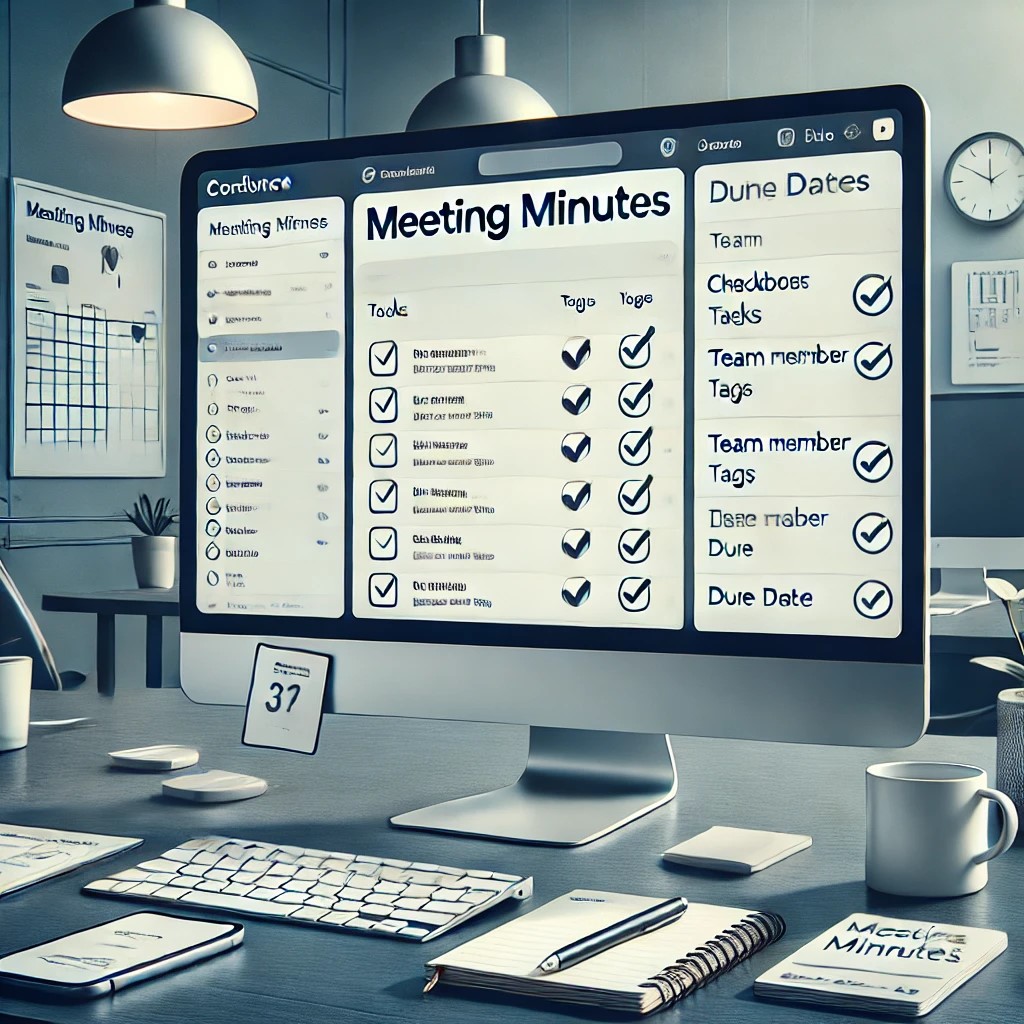
Confluence is widely recognized as a collaborative workspace for creating and organizing content. But did you know it can also be used for simple task management without the need for complex workflows? While Jira is often the go-to tool for managing tasks and workflows, Confluence can serve as a lightweight alternative for tracking basic tasks. Here’s how you can use Confluence effectively to manage tasks, create action items, and stay organized.
Why Choose Confluence for Simple Tasks?
In scenarios where workflow management or detailed issue tracking is unnecessary, Confluence provides a straightforward way to list and manage tasks. For example:
- Managing meeting minutes and their associated action items.
- Tracking simple to-do lists without needing statuses or detailed reporting.
- Keeping things minimal without additional integration or tools.
Creating Tasks in Confluence
Confluence makes it easy to add and manage tasks within any page. Here's how you can do it:
- Create a Page: Start by creating a page, such as "Meeting Minutes." Add all the relevant details for the meeting.
Add Tasks: Use square brackets (
[]) to create tasks. For instance:[ ] Demo task 1[ ] Demo task 2] Demo task 3When you publish the page, these brackets automatically turn into interactive checkboxes.
Assign Tasks: Tag team members to assign tasks by typing
@usernameafter the task. For example:[ ] Demo task 1 @JohnDoe- Set Due Dates: Add a due date using the
/datemacro to specify deadlines for tasks. This can help prioritize tasks and sort them later.
Finding and Managing Tasks
Confluence provides multiple ways to track and manage tasks:
- Task Overview: Navigate to your profile and click on the “Tasks” tab. This section displays all tasks assigned to you across different pages.
- Page-Level Updates: When you mark a task as complete, the corresponding page automatically updates to reflect the change.
- Filtering Tasks: Use filters to sort tasks by due date or status, allowing you to focus on what’s most important.
Practical Example: Using Confluence for Meeting Action Items
Here’s an example workflow for managing meeting action items in Confluence:
- Create a page titled "Meeting Minutes - [Date]."
- During the meeting, document action items as tasks and assign them to team members.
- Add due dates for time-sensitive tasks.
- Encourage team members to mark tasks as complete directly from the task list or their profile.
By using this approach, your team can collaborate and keep track of tasks without requiring a complex workflow tool like Jira.
When to Use Confluence vs. Jira
While Confluence is perfect for simple task management, Jira is better suited for:
- Complex workflows with multiple statuses.
- Advanced reporting and tracking.
- Integration with development tools for issue tracking.
However, for lightweight task management that doesn't require workflow customization, Confluence is a great choice.
Final Thoughts
Confluence provides a simple yet powerful way to manage tasks for everyday needs. By leveraging features like task creation, tagging, and due dates, you can stay organized and keep track of team responsibilities efficiently. Whether you're documenting meeting minutes or creating a to-do list, Confluence keeps it simple, effective, and collaborative.
Start using Confluence for your task management today, and experience the ease of streamlined teamwork!
Video Link : https://www.ravisagar.in/videos/confluence-cloud-manage-tasks-without-jira
